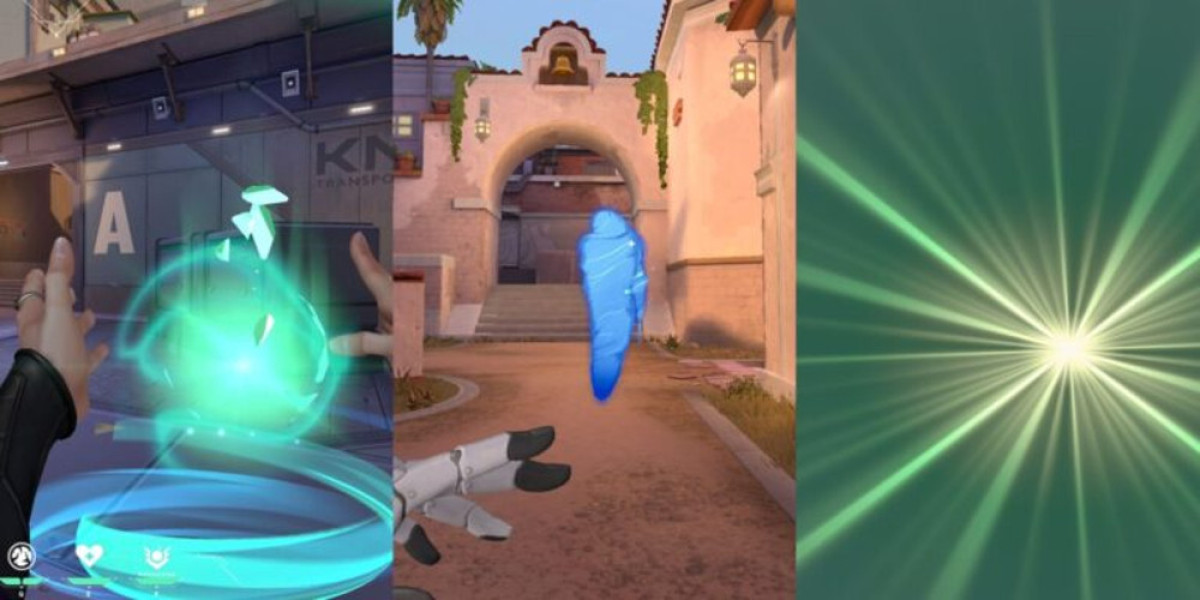Game Changer? Radioligand Therapy Shows Promise in Advanced Prostate Cancer
The quest for more effective treatments for advanced prostate cancer has been a long and arduous one. While significant progress has been made, the challenges of metastatic disease and resistance to conventional therapies remain. Now, a new approach is generating considerable excitement in the oncology community: radioligand therapy. Could this innovative strategy be the game changer that patients with advanced prostate cancer have been waiting for?
Radioligand therapy, at its core, is a sophisticated form of targeted radiation therapy. It leverages the unique characteristics of cancer cells to deliver radiation directly to the tumor site, minimizing damage to surrounding healthy tissues. In the context of prostate cancer, this therapy often targets the prostate-specific membrane antigen (PSMA), a protein that is highly expressed on the surface of most prostate cancer cells, particularly in advanced and metastatic disease.
The beauty of this approach lies in its precision. A targeting molecule, the ligand, is attached to a radioactive isotope. This radioligand is administered intravenously and circulates throughout the body. Like a guided missile, it seeks out and binds to PSMA on prostate cancer cells, wherever they may be located – in the bones, lymph nodes, or other organs. Once bound, the radioactive isotope emits radiation, damaging the DNA of the cancer cells and leading to their destruction.
The promise of radioligand therapy in advanced prostate cancer is supported by compelling clinical trial data. Studies have shown significant improvements in overall survival, progression-free survival, and quality of life for patients who have progressed after other lines of treatment. For men facing castrate-resistant prostate cancer, where hormonal therapies are no longer effective, radioligand therapy offers a much-needed new option with a different mechanism of action.
However, like any medical treatment, radioligand therapy is not without its considerations. Patient selection is crucial, as the effectiveness of the therapy depends on the expression of the target molecule (like PSMA) on the cancer cells. Careful imaging and diagnostic tests are necessary to determine if a patient is a suitable candidate. Additionally, while generally well-tolerated compared to traditional chemotherapy, potential side effects such as fatigue, nausea, and bone marrow suppression can occur and need to be carefully managed.
The integration of radioligand therapy into the treatment paradigm for advanced prostate cancer is still evolving. Researchers are exploring its potential in earlier stages of the disease and combination with other therapies, such as immunotherapy. The initial results are undeniably encouraging, suggesting that this targeted radiation approach could indeed be a game changer, offering new hope and improved outcomes for men facing the challenges of advanced prostate cancer. As research continues and clinical experience grows, radioligand therapy is poised to play an increasingly significant role in the fight against this disease.








